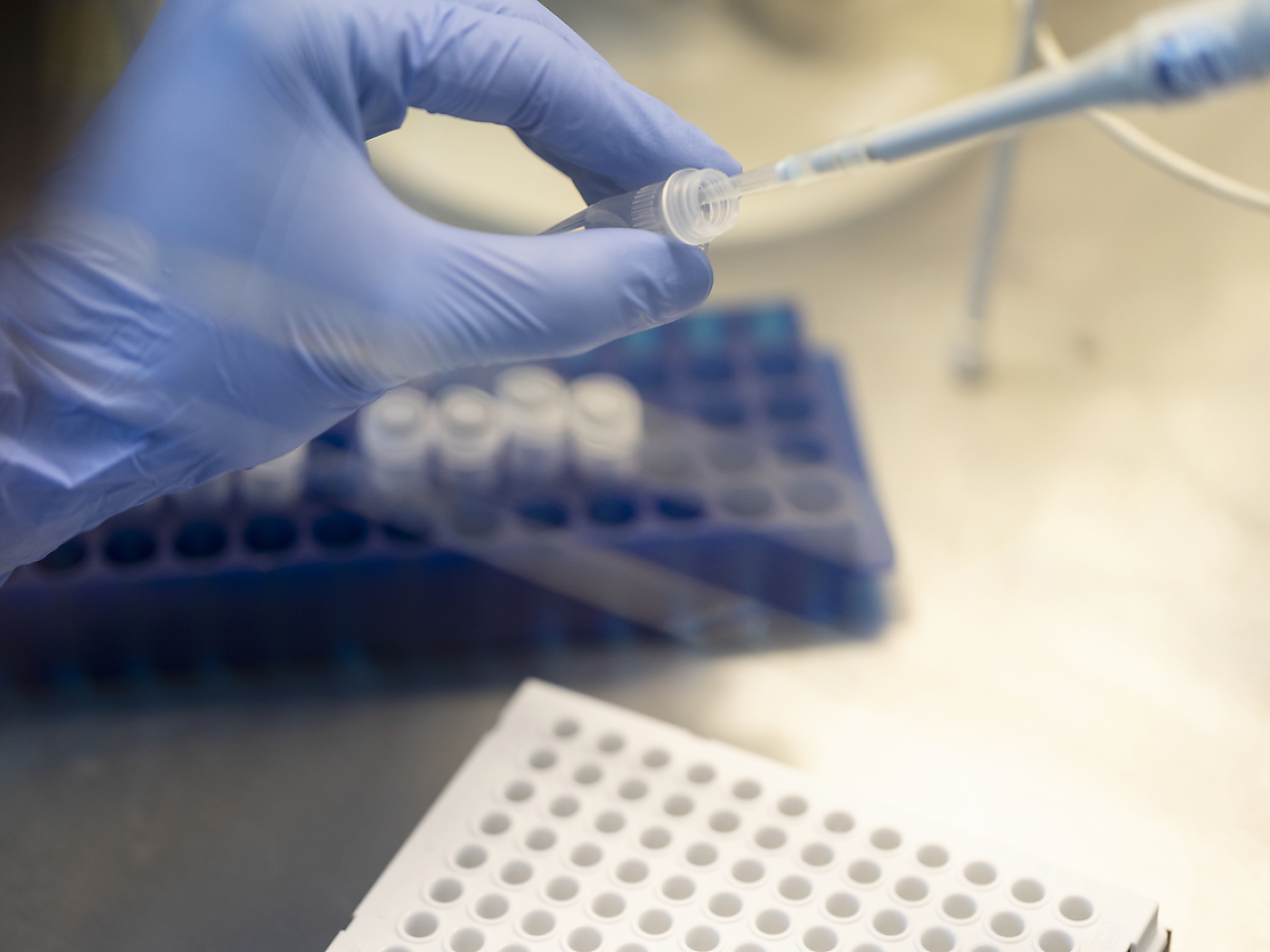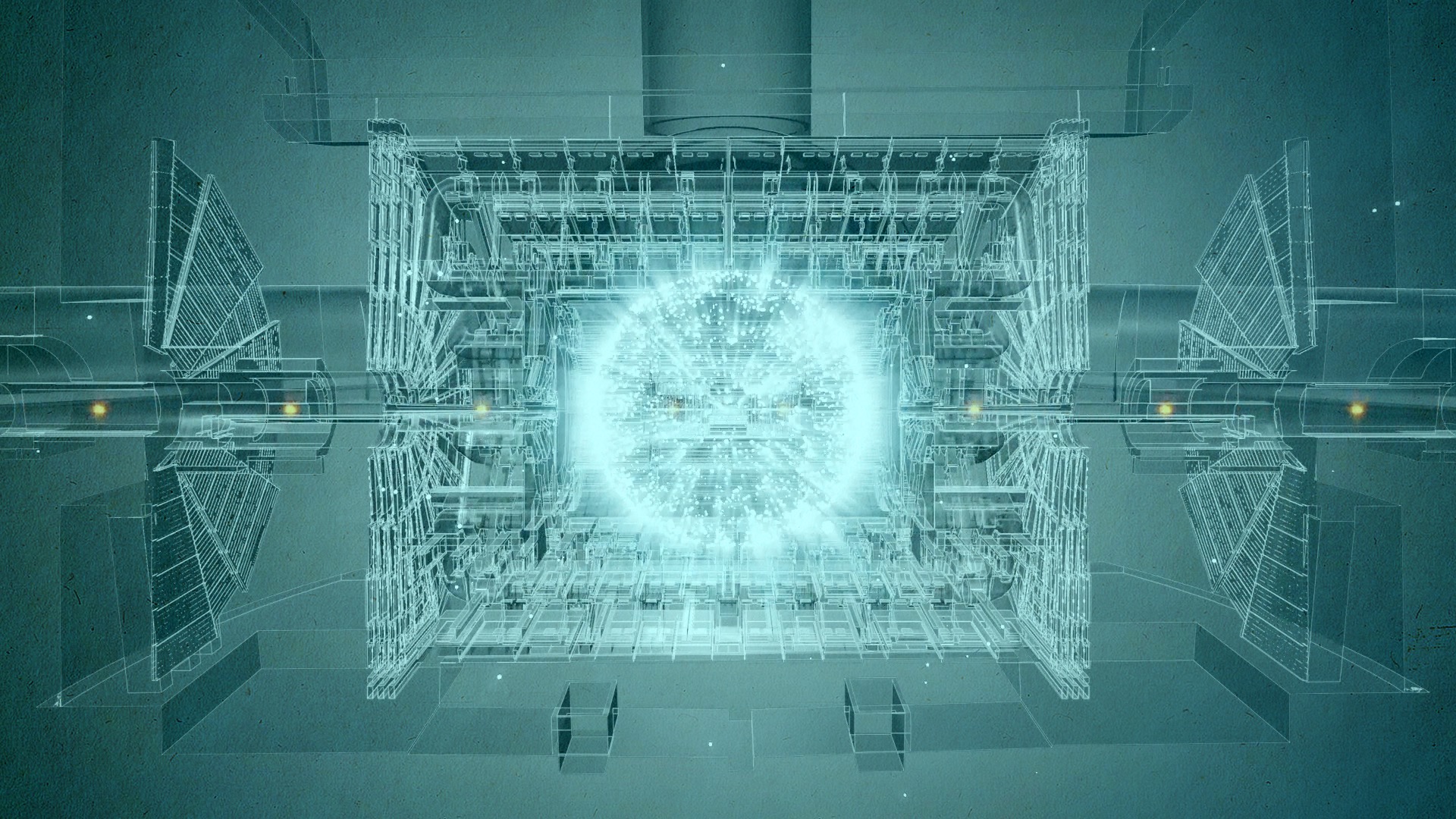Nature magazine: scientific breakthroughs in medicine and space travel in 2025

The science magazine Nature expects breakthroughs in mind-reading machines, new remedies for weight loss and advances in particle physics in 2025. Switzerland is set to make important contributions to these breakthroughs.
Obesity breakthroughs
Nature expects “a wave” of new treatments for obesity in 2025, according to the journal’s website. Following the great popularity of weight-loss injections such as Wegovy in 2024, anti-obesity drugs in the form of pills could come onto the market next year. According to Nature, such drugs are easier to produce and therefore potentially cheaper than current treatments. The specialist journal refers to a phase III study on the pill Orforfilpron from US pharmaceutical company Eli Lilly, which is due to be completed in 2025.
+ Get the most important news from Switzerland in your inbox
Machines that read thoughts
Nature also expects advances in brain-computer interfaces (BCI). These are technologies that enable direct communication between the human brain and external devices. According to the specialist magazine, China is planning to test new BCIs in 2025. One of these products, called NEO, will enable paralysed people to control their hands again with their brain.

More
AI-powered neurotechnologies raise hopes and fears for health and privacy in Geneva
Switzerland is also working on mind-reading machines. Two years ago, researchers at the Swiss Federal Institute of Technology in Lausanne (EPFL) and Lausanne University Hospital (CHUV) implanted a paralysed man with an device that enabled him to control his legs with his thoughts for the first time.
Steps in the direction of the moon
Next year will be a busy year for lunar traffic, writes Nature. After a spacecraft from a private company landed on the moon for the first time in history in 2024, the specialist magazine expects several similar missions in the coming year. The Tokyo-based company ispace and the US company Intuitive Machines are planning to land devices on the moon. In addition, the US space agency NASA is sending a new mission to the moon.
Tiny particles on the track
In particle physics, Nature expects several new developments. After more than a decade of construction, researchers hope to be able to put the European Spallation Source (ESS) in Sweden into operation in 2025. In this facility, scientists want to accelerate neutrons to almost the speed of light and then shoot them at heavy metals. This will allow them to study the structure of the materials in more detail.

More
What CERN’s next-generation particle collider could look like
At the same time, a detailed feasibility study for a planned new supercollider is to be completed at the European Nuclear Research Center CERN in Geneva in 2025. The particle accelerator, known as the Future Circular Collider, with a circumference of 91 kilometers, is to replace the current Large Hadron Collider. However, a decision on the construction of this new facility is not expected until 2028 at the earliest.
Translated from German by DeepL/jdp
This news story has been written and carefully fact-checked by an external editorial team. At SWI swissinfo.ch we select the most relevant news for an international audience and use automatic translation tools such as DeepL to translate it into English. Providing you with automatically translated news gives us the time to write more in-depth articles.
If you want to know more about how we work, have a look here, if you want to learn more about how we use technology, click here, and if you have feedback on this news story please write to english@swissinfo.ch.

In compliance with the JTI standards
More: SWI swissinfo.ch certified by the Journalism Trust Initiative


















You can find an overview of ongoing debates with our journalists here . Please join us!
If you want to start a conversation about a topic raised in this article or want to report factual errors, email us at english@swissinfo.ch.